

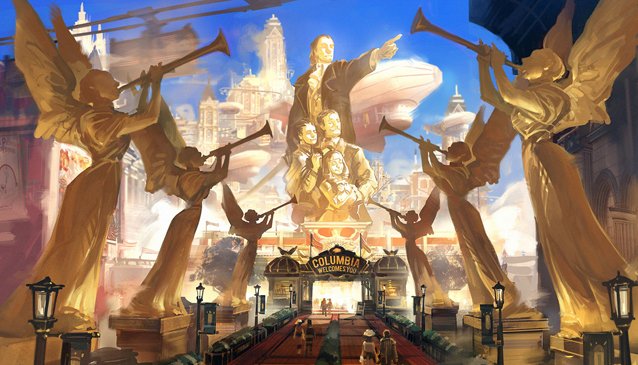
BioShock Infinite's Columbia is one of the best-realized gaming worlds I've ever played.Shops and stores dot every street corner, looking functional and lived-in. Average citizens talk amongst themselves, and eavesdropping on their conversations helps give the city a further sense of identity. Even its restricted areas feel like a natural part of the world, rather than an artificial way to keep players on the critical path. When all of BioShock Infinite's many world-building parts gel together with its character work and story elements, I start to lose myself in the idea of Columbia and surrender my disbelief in order to better invest myself in Booker and Elizabeth's journey together.
Then I see a Voxophone blinking under an end table, and I remember that I'm playing a video game.
Despite a small army of artists carefully working to make Columbia a fleshed-out, believable place over the course of five years, BioShock Infinite's world-building comes apart almost the moment that it introduces collectibles into the mix. It's hardly the only game this generation to have this problem. Developers are making great strides towards conveying emotional, cinematic experiences in their games, and it's a shame when incongruous, game-y elements like collectibles threaten to pull players out of such carefully crafted efforts.
Story-focused games like BioShock Infinite and Tomb Raider bet on players investing themselves in their characters, sharing emotional victories and identifying with the characters' well-being. Strong settings help establish the game's sense of reality and can add to the stakes set against characters, creating further dramatic tension and possible attachment. Collectibles, on the other hand, trigger a response predicated on the urge to collect, shifting away from emotional engagement and towards a rote mechanical experience. These two elements rarely exist together well, and the narrative conceits used to make them intersect are often flimsy at best. In scripted, emotional games like BioShock Infinite and Tomb Raider, the impulse to find every shiny bit comes at odds with the desire to live through the experience with the protagonist, distracting from the game's ability to tell its own story and sabotaging the illusion of the setting as an actual location.
Tomb Raider, for instance, strands Lara Croft on a remote island off the coast of Japan. Lara begins the game cold, isolated, and in need of medical supplies. One of her first objectives is to hunt for food so that she doesn't starve. It's a desperate situation, aided by gorgeous and naturalistic level design, and one of Tomb Raider's greatest strengths is watching Lara grow from an unsure, scared college grad to the confident, empowered icon we know her as today. It feels counterproductive, then, when Lara takes a break from her struggle for survival to look for small bejeweled trinkets, even after something as traumatic as surviving an extended fall from a cliff face. Mourn after losing a teammate to one of the fanatical cultists that stalk her and the rest of her crew during their every waking moment? Nope, sorry, she's got a jade hairpin to find.

Worse is when collectibles actually start to affect story content rather than merely distract from it. Hidden throughout are Voxophones, small voice memos containing spoken-word monologues by the citizens of Columbia. Voxophones allow for a greater degree of narrative exploration by discussing incidental details about living in Columbia too minute to fit comfortably into the critical path. Many Voxophones add to the main storyline in ways only hinted at during the main campaign, making the act of collecting each and every one of them critical to understanding the full scope of BioShock Infinite's tale. Unfortunately, most of the Voxophones are hidden in areas well off the beaten path, and searching for them slows the game's momentum tremendously. During my playthrough, it got to such a point that I stopped buying into Columbia as an actual place, along with Booker and Elizabeth's development as characters, in favor of scouring the environment to suss out minor side details about the world, the ultimate in forest-for-the-trees irony.
Not that collectibles are always detrimental to world-building, mind. Burnout Paradise featured no less than three kinds of collectibles strewn about its open world of Paradise City. Though not tied to progression, players could track down every Billboard, Smash Gate, and Super Jump in order to unlock special cars. Banjo-Kazooie featured three different mission-critical collectibles, in addition to the many self-improvement based ones like enhanced health and ammunition. In both instances, collectibles emphasized the game-y parts of either title, and enhanced their carefully constructed open worlds with playground sensibilities, whether it was a bustling city or cartoon desert. Neither of those games attempted anything in the way of deep or emotional storytelling, and instead of sidetracking the main narrative, collecting every hidden doodad became part of the fun, rather than a distraction from the main event.
One of the few anomalies to feature extensive world-building, a tightly-wound story, and a whole host of collectible goodies is Batman: Arkham Asylum. Batman's plot-heavy clash against The Joker is one of the primary reasons to play the game, and Rocksteady's phenomenal work on making the titular Asylum a tangible location helps ground the drama, as Batman struggles to make it through one of the worst nights of his career. However, stashed throughout the island are literally hundreds of collectible trophies, all hidden by The Riddler as a challenge for the Caped Crusader. Surprisingly, the trophies don't detract from Arkham's believability as a locale or Batman's predicament of escaping Arkham Asylum. This can be explained in two strokes. In the first place, the collectibles are introduced within the context of the Batman lore: The Riddler is a character who always wants to be the smartest guy in the room, and though it's a longshot to buy that he has spent his entire time at Arkham hording little green trophies away like some supervillainous magpie on the off-chance that Batman would end up stranded there for an evening, it's not entirely out of the question—this is based on a comic book, after all. In the second, The Riddler's trophies function more as a gameplay enhancement, granting XP bonuses and unlocking extra features like concept art, rather than a gameplay necessity; it's possible to satisfactorily complete the entire game without finding so much as a handful of them. Tracking down The Riddler's trophies can only benefit the player, and ignoring them in favor of furthering the main storyline never feels punishing.
This is perhaps the best way to handle collectibles in any game with a primary focus on storytelling. Giving collectibles a gameplay function, rather than a narrative function, goes along with their inherently game-y design, rather than trying to cross-pollinate into storytelling territory, where the two elements often work against each other's appeal. Discovering a cache of powerful weapons or an item that makes progression easier feels much more rewarding and relevant to gameplay than finding a short splotch of exposition.
Then again, perhaps story-driven games should stay away from collectibles altogether. No more seeking out inconveniently-placed feathers or laptops full of enemy intel. Leave gathering hidden tchotchkes to games that place less importance on telling a story and more of an emphasis of providing a place to play. There are better ways to involve players in a massive game world than to challenge them to see how many coffee thermoses they can find.
Andrew Testerman is a writer from Bozeman, Mont. who once caught all 150 Pokémon. Contact him at [email protected] and follow him on Twitter at @iamaparade.

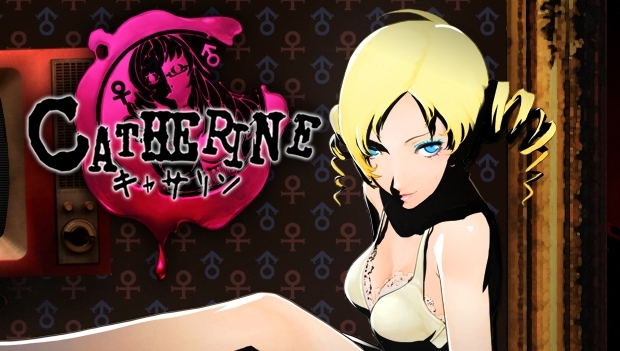
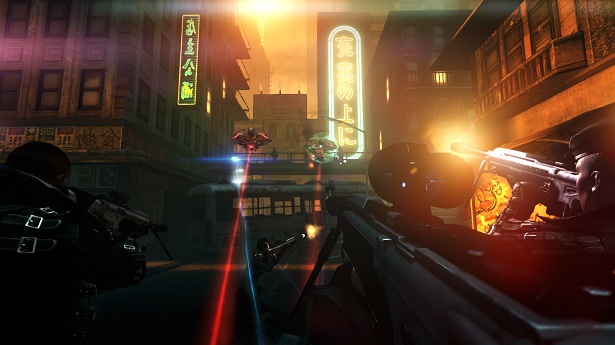
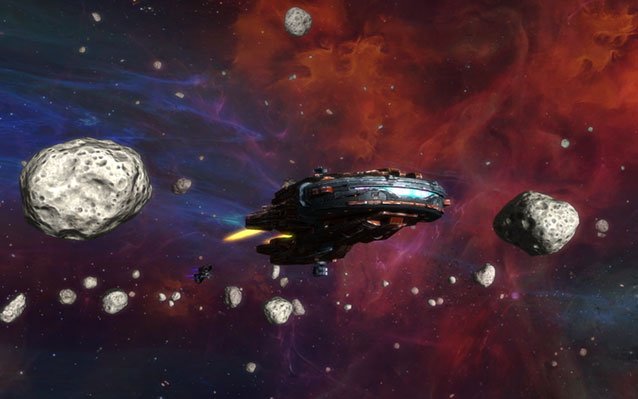
 Mortal Kombat 9: Krypt unlock locations guide
Mortal Kombat 9: Krypt unlock locations guide Super Karoshi Walkthrough
Super Karoshi Walkthrough Heroes Of The Storm Basic Gameplay Guide
Heroes Of The Storm Basic Gameplay Guide Donkey Kong Country Returns Wallpapers in HD
Donkey Kong Country Returns Wallpapers in HD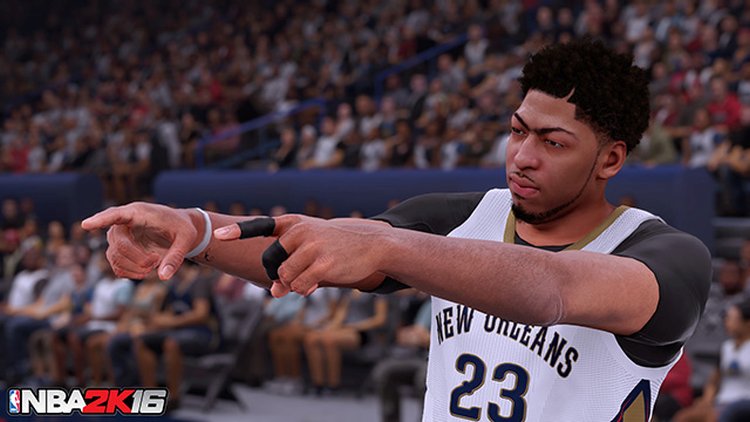 NBA 2K16 Center Build: How to Build the Perfect Big Man for My Career / My Player
NBA 2K16 Center Build: How to Build the Perfect Big Man for My Career / My Player